In addition to Nitrogen (N), Phosphorus (P), and Potassium (K), two other important nutrients that are frequently mentioned when discussing plant nutrients are Cal-Mags. In this article, let’s talk about the benefits of cal mag for plants.
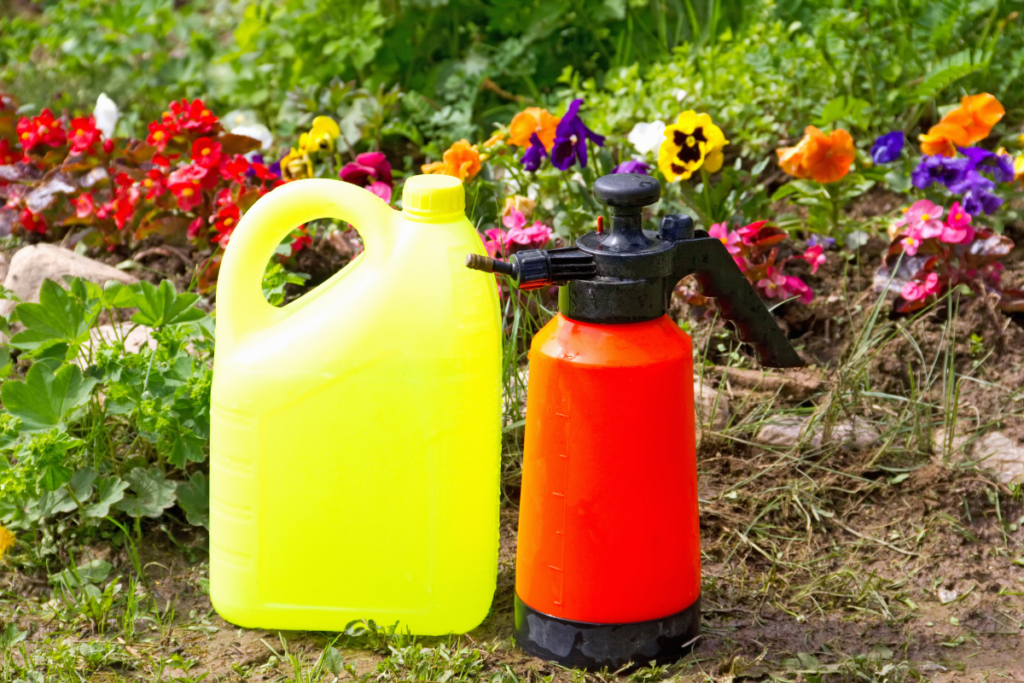
Before purchasing any old supplement with a few favorable reviews, if you aim to feed your plants additional nutrients, you need to learn about the essential Cal-Mag. Cal-Mag, a supplement for all plants that contain essential elements required for optimal growth and excellent harvests, comes highly recommended.
Cal-Mag is one of the liquified supplements that offer plants grown in soil or hydroponic systems the essential nutrients magnesium, calcium, and iron plant supplement. All plants require the micronutrients found in Cal-Mag, but those that blossom or produce vegetables or fruits need them more than other types of plants.
However, Cal-Mag offers much more than the majority of popular plant supplements. By reading on, discover why you ought to be employing it to your plants.
What Is The Importance Of Cal-Mag In Plants?
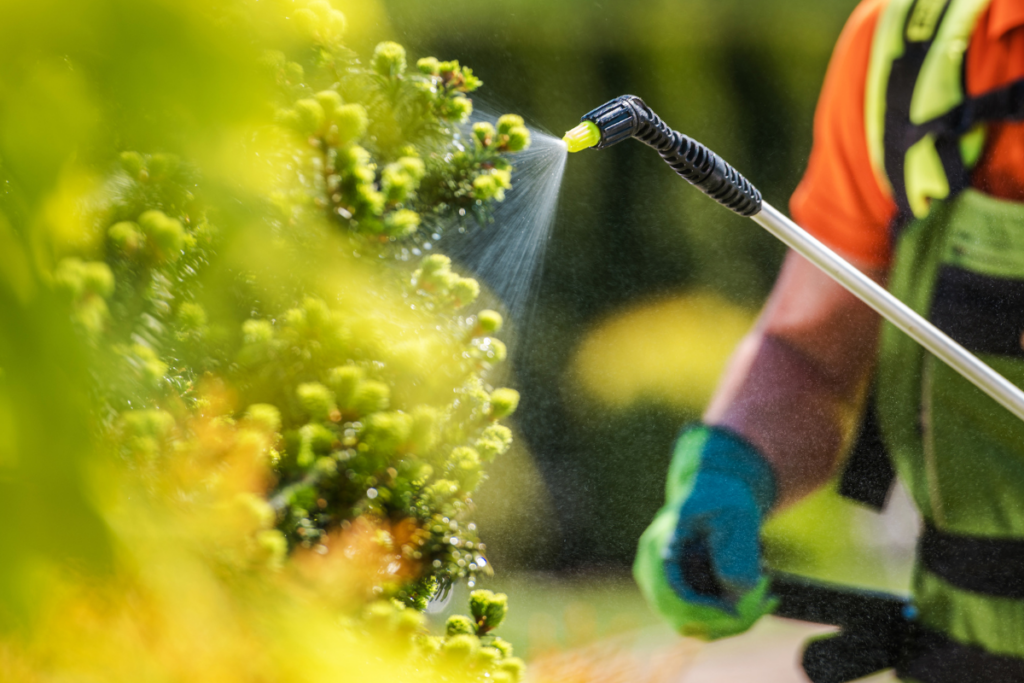
Two of the most crucial elements for plants are calcium and magnesium. Both calcium and the magnesium contribute to boosting the pH of the soil or water used to grow plants.
Calcium is essential because it helps plants create new cells, which dramatically increases food harvests. Conversely, calcium deficiency causes growth to slow down and produces fewer (or smaller) fruits, vegetables, or blossoms.
In contrast, magnesium is the center core of chlorophyll molecules in plant tissue. In other words, it assists in capturing solar energy and transforming it into energy for plant development. As a result, plants grow slowly or have stunted growth when there is a severe magnesium deficiency.
How Is Calcium Important To Plants?
An essential mineral for plant growth is calcium (Ca), which is crucial for the formation of cell walls. Additionally, it is essential for triggering enzymes that perform a variety of tasks and is crucial for the growth of fruit. Finally, it is a macronutrient because plants use it in a sizable proportion.
Localized rot and stunted development at the terminals of plants are symptoms of a calcium deficiency. In addition, the fruit, leaf tips, and buds do not form properly, and the stems and leaves are feeble and dark green. The black end of tomato plants, also known as blossom end rot, is a typical indicator of a deficit.
Plant nutrients may be immobile, which means that they can travel up the plant through the xylem but cannot return down or travel to other sections of the plant after they have reached the leaves.
A calcium deficiency in plants can result from insufficient calcium in the soil or from insufficient water going up the plant, which is typically the cause of tomato blossom end rot. Most soil has enough calcium because it adheres to clay, with the exception of sandy soil.
Calcium in Plant Growth
Calcium is mostly necessary for the skeletal system or bones in both humans and animals. Although plants don’t have teeth or bones, calcium does play an important part in their formation.
The presence of a cell wall in plant cells is one of the primary distinctions between plant and animal cells. In addition, it increases the rigidity of these cells, enabling plants to maintain their shape and strength in the absence of a skeletal framework.
It should come as no surprise that calcium is required for strong cell walls. Plant cell walls contain the mineral in the form of calcium pectate. Additionally, a healthy cell wall controls how other nutrients are distributed correctly throughout the plant. For plant cells at the roots, in particular, this is true.
Calcium is, therefore, essential for the development and division of healthy plant cells. The general growth of the plant’s many sections will be impeded without it.
In other plants, calcium is also essential for triggering particular enzymes. In addition, important processes, including nitrogen metabolism and translocation, depend on the mineral (the movement of organic molecules in plants).
Calcium is necessary to form and develop a healthy fruit structure in fruit trees and plants.
Related: Nitrogen for Houseplants: Why is It Important for Growth and Reproduction of Plants?
How Is Magnesium Important To Plants?
Additionally essential to plants is the element magnesium (Mg). This macronutrient, which makes up the majority of chlorophyll, is necessary for the activation of enzymes, the transit of other nutrients, and the stabilization of nucleic acids.
Since this nutrient is transportable, a plant will shift magnesium from older leaves to where it is needed if its levels are low. Although, older leaves begin to yellow as a result of this, magnesium slowly leaks out of limestone rocks as they deteriorate in soil. Therefore, most soil has enough magnesium, with the exception of sandy soil.
Magnesium in Plant Growth
Magnesium is just as important for the formation of enzymes in plants as calcium is. In fact, without magnesium, it is impossible to produce many crucial enzymes.
However, just like with calcium, magnesium serves a supporting role in enzyme production in plants. Its primary function is something that is far, far more significant for practically all animal life, as well as for plants.
Chlorophyll is a seemingly magical molecule that produces food for plants and indirectly nourishes every species on the planet. Additionally, plants need magnesium in order to produce chlorophyll in their cells. Chelate is the scientific term for the green-colored substance that humans refer to as chlorophyll. This indicates that it is attached to an organic molecule by a central metal ion.
The main metal ion is magnesium, and the organic molecule is known as porphyrin. Magnesium also aids in the transport and absorption of vital nutrients like phosphorus and iron. Additionally, it promotes fruit development in fruit plants.
How Do You Identify Cal-Mag Deficiency in Plants?
Slow and stunted growth are the most visible symptoms of a Cal-Mag deficient plant. Localized rot on flowers, new leaves, and buds are also a sure symptom of a Cal-Mag deficit.
Another indication of a Cal-Mag deficit is rotting and/or slowly expanding root systems. However, you might not easily see this as clearly as the other symptoms. Any of the foregoing difficulties mentioned, if left unchecked, will lead to severe damage, stunted development, or even slow death to your plants.
Calcium Deficiency in Plants
Calcium is an immobile nutrient. Therefore, the growing ends of the plant typically display symptoms first if there is a mineral deficit in the soil or fertilizer solution.
The most typical symptoms of calcium insufficiency are localized decay and restricted growth. The most impacted areas include young leaf tips, buds, and fruits.
Stunted growth in the roots significantly negatively impacts the plant’s overall growth. To make up for a natural calcium draw, add supplements to your existing nutrient programs when using reverse osmosis water, cultivating in soil, or using coco coir-based media.
Magnesium Deficiency in Plants
Magnesium is mobile, unlike calcium, so if there is a shortfall in one location, the plant can redistribute magnesium from other areas that already have the nutrient.
As a result, the first indications of a deficiency will appear in the older, more mature sections of the plant. And because magnesium is necessary for the production of chlorophyll, yellowing of the leaves is a sure symptom.
Typically, the veins on these leaves are green. The plant ages and dies as a result of the ongoing deficit, which also affects photosynthesis and food production.
How Does Cal-Mag Benefit Plants?
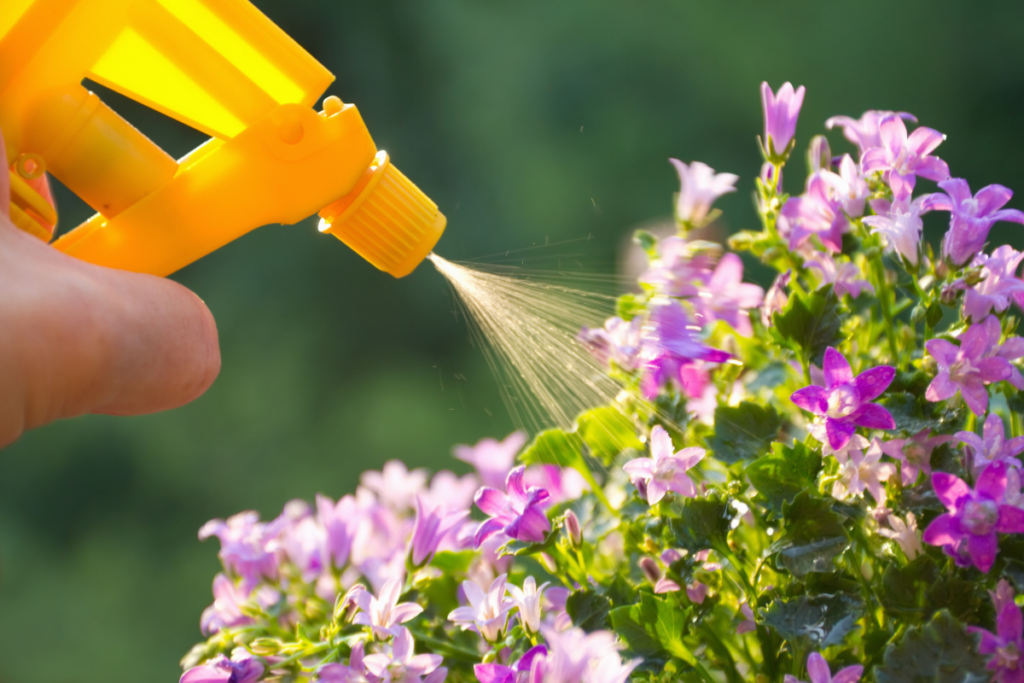
Cal-Mag is made to prevent root and flower rotting, burnt tips, harm to plants, and corrects common plant deficiencies. Additionally, it is intended to generally maximize plant health as a whole, including yield states and enhance growth states.
Giving plants a Cal-Mag supplement has a significant positive impact on their overall health and output. You can be sure that your plants are receiving all the essential secondary nutrients required when you feed them Cal-Mag. Another advantage is the absence of root rotting, scorched foliage, and overall unattractive and underwhelming plants.
These advantages are made possible by the iron, magnesium, and calcium that the Cal-Mag supplement provides.
Related: Potassium for Houseplants: How to Use It for Happier and Healthy Plants?
Why Are Calcium and Magnesium Not A Common Component in Fertilizer?
Since most soil already contains plenty of both nutrients, as was already indicated, there is no need to supplement with additional amounts. However, these nutrients may be deficient in sandy soil or particularly acidic soil, in which case providing some additional can be advantageous.
When using dolomitic lime, those who have acidic soil can use less calcium and magnesium when fertilizing because the calcium and magnesium are already being added as part of the liming process.
The fact that a lot of tap water is hard, which means it contains calcium and/or magnesium, is a second justification for taking it out of fertilizer.
Is Cal-Mag Necessary for Hydroponics?
Hydroponics benefits greatly from Cal-Mag, even though it is not strictly required. But because hydroponic plants depend on liquified nutrients for both their life and growth, Cal-Mag can significantly improve the health of your plants.
Hydroponic plants require you to provide nutrients into their system in order for them to develop, unlike soil-based plants that leak nutrients. Because it gives your plants healthy quantities of secondary nutrients, which other products may minimize, Cal-Mag is especially helpful in hydroponics.
What Are The Ways To Utilize Cal-Mag In Hydroponic Systems?
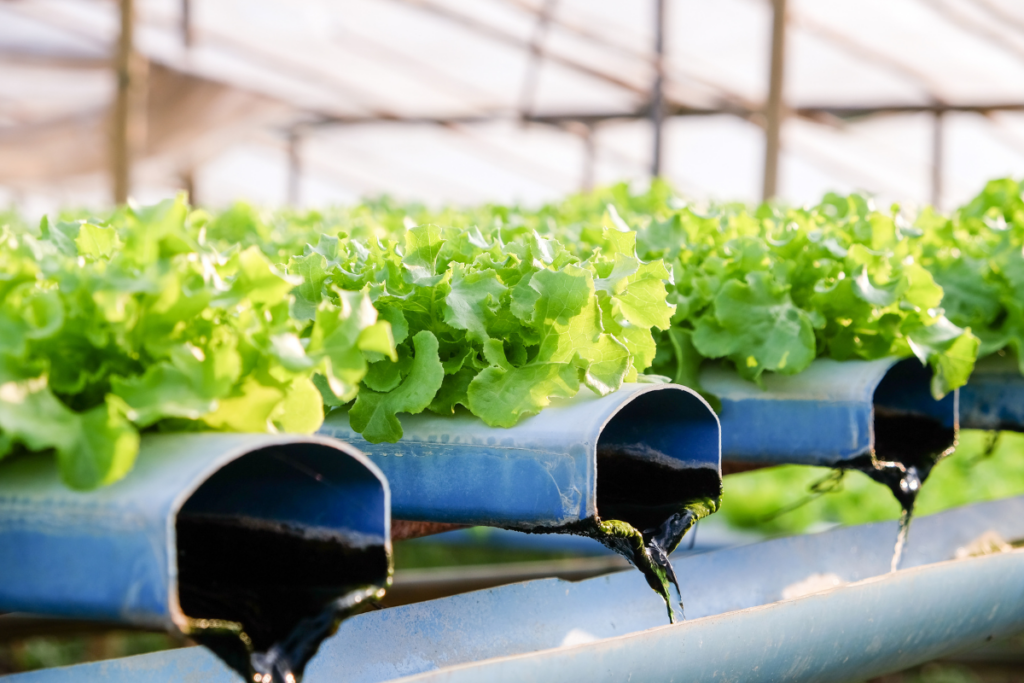
Every time you replace the water in your hydroponics system, you can add Cal-Mag directly to the main reservoir. Moreover, every time the water level is topped-off in the reservoir, you can also add it straight to it. Simply following the instructions found at the back of the Cal-Mag packaging is all that is required.
Cal-Mag is typically added to your hydroponic system by combining a specific amount with water, shaking the container, and then pouring the mixture into the reservoir.
Just be aware that you might need to modify your system’s pH levels before and/or after you use Cal-Mag.
Related: Calcium for Houseplants: Why is It Important for Growth and Reproduction?
How Much Cal-Mag Should Be Used?
Utilizing Cal-Mag is somewhat simple. In a hydroponic system, all you need to do is put a teaspoon, if it is a powdered mix, or 5 mL, if liquified, for every one gallon of water. Then, pour the same quantity into your watering can for each water gallon you use for soil-based cultivation.
To produce tomatoes hydroponically with a tank that has a 20-gallon volume, for instance, you must add a hundred milliliters each time there is a change in water. In addition, fill a gallon jug with water and add anything from ½ to 1 teaspoon in between water changes to top-off tank.
You can give your plants one gallon of clean water with 10 to 15 milliliters added as a booster. Both soil-based and hydroponic cultivation can be done using this.
Can A Cal-Mag Be Used With Other Nutrients?
Cal-Mag and nutrients can be utilized together. It can be added either before or after fertilizer feedings to your plants. Cal-Mag functions as an amplifying agent when combined with the right nutrients, significantly enhancing the rate at which plants absorb nutrients.
Should I Use Cal-Mag Every Watering Period?
If your plants are not severely lacking in nutrients, you can utilize Cal-Mag every watering, however, it is not actually necessary. You can mix a bit of Cal-Mag into the water you are using for routine watering if your plants appear to be nutritionally deficient and clearly unwell.
If not, your plants won’t require Cal-Mag per watering following a preliminary Cal-Mag treatment. Additionally, you shouldn’t use Cal-Mag for more than once of your weekly watering routines if you water more frequently than that.
Is It Advisable To Use Cal-Mag Nutrients During The Flowering Season?
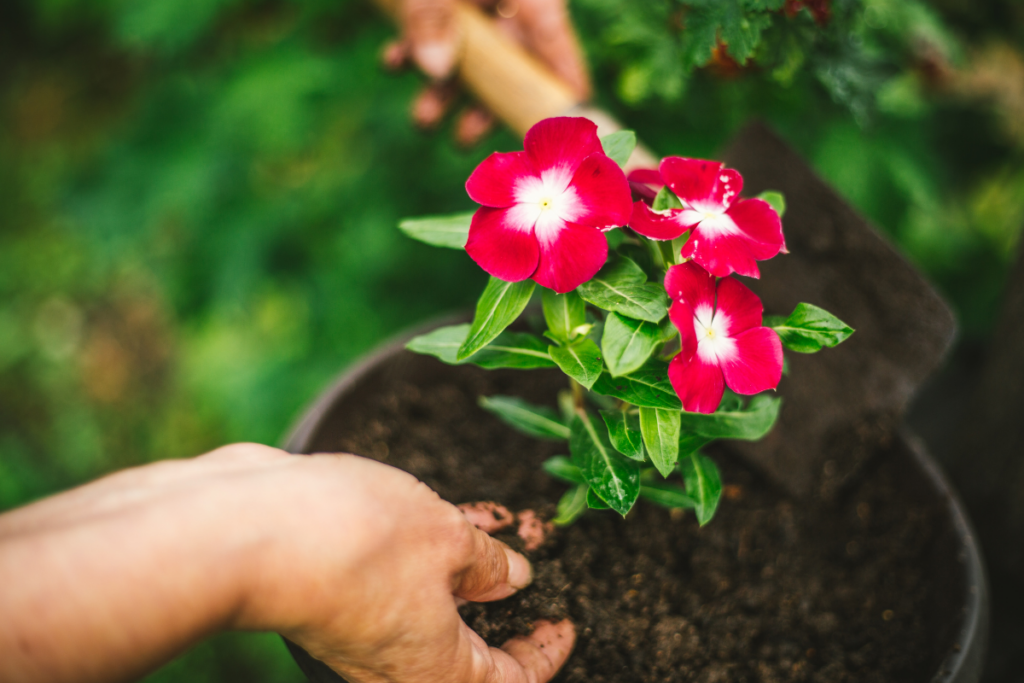
You should utilize Cal-Mag during the flowering phase of your plant’s growth cycles based solely on your own best judgment and opinion.
If your plant is healthy during flowering, you may still utilize it even though it may not be necessary for its overall health so that it can produce outstanding fruits or blooms. Utilize it just as you would do with foliar spray.
Is It Necessary to Add Cal-Mag to Your Garden Soil?
The soil usually contains enough calcium and magnesium if the pH is greater than 7.0, so you shouldn’t add any more. However, it is a good idea to have the soil tested and then follow guidelines if the soil is acidic and you see symptoms of either calcium shortage or magnesium deficiency.
Alternatively, you can adjust the pH and add both calcium and magnesium by liming with dolomitic lime.
You might not need to add any extra if you frequently use hard water for irrigation.
Is It Necessary To Add Cal-Mag To Your Potting Soil Mix?
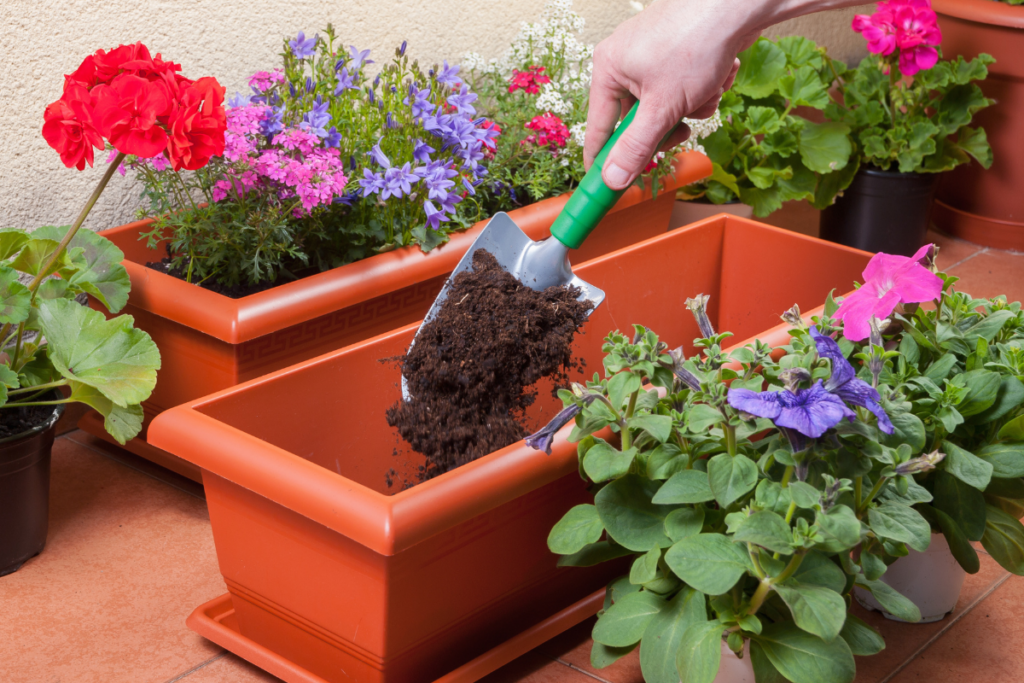
Any container that carries a soilless mix qualifies for the discussion in this section, including raised beds, outdoor containers, and indoor plants.
Peat moss, coir, or composted wood are the typical building blocks of soilless mixes. Unfortunately, none of these have exceptionally high calcium or magnesium levels; therefore, they must be used in addition to the fertilizer.
Using water with a high alkalinity level could provide you with all the Cal-Mag you require. Choose a fertilizer devoid of calcium and magnesium in that situation. However, you must add Cal-Mag if you are using distilled water, RO water, or rainwater. You can either use a separate product for this or include calcium and magnesium in your usual fertilizer.
Is Cal-Mag Beneficial To All Plants?
Cal-Mag may or may not be required for your plants which are incredibly healthy and developing in a fantastically cared-for environment, however, it is unquestionably beneficial for nearly all the other plants.
Cal-Mag works great for almost every plant you can imagine, and it’s difficult to overfeed plants with it, which is one of the best things about using it.
Is Cal-Mag Able To Raise The Soil pH?
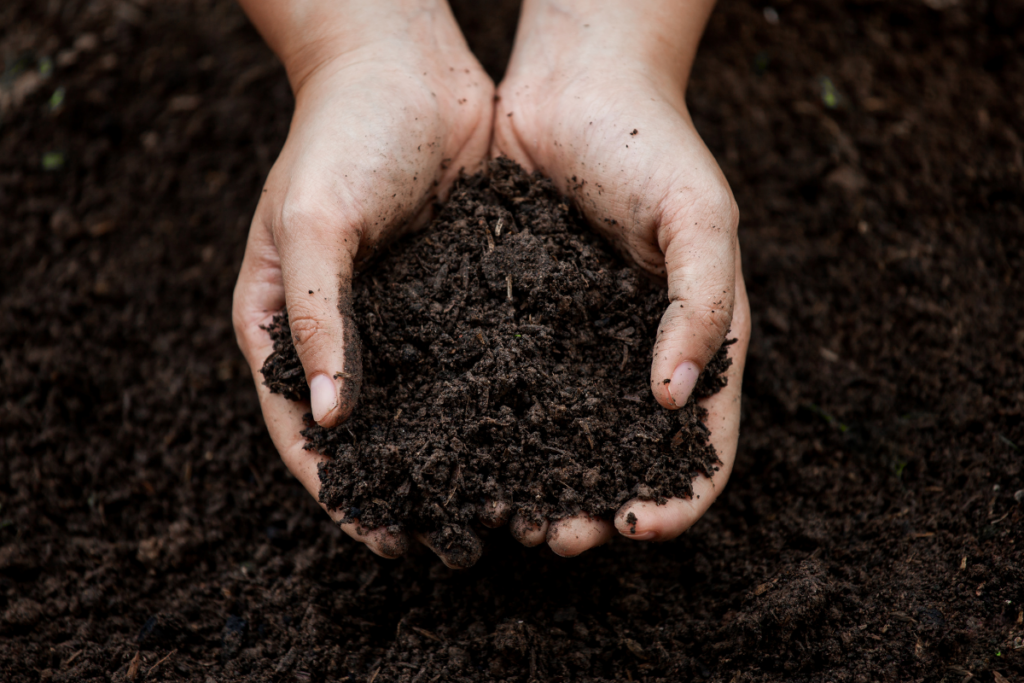
The pH levels may be slightly impacted in one direction or another, but this fully depends on the Cal-Mag version you’re using. Check the specific label of the Cal-Mag product to see how it affects soil pH levels.
When you are using Cal-Mag hydroponically, it is strongly advised to test and adjust the pH levels appropriately both before and after use (to account for Cal-regular Mag’s impact on your system’s pH).
Having a reliable pH tester will eliminate the guesswork of keeping the right pH levels for your lovely plants.
Can You Make A DIY Cal-Mag Solution At Home?
There are many DIY homemade Cal-Mag recipes to choose from online. The majority contain some mix of eggshells and Epsom salts. The Epsom salts will add the appropriate type of magnesium.
However, take note that eggshells won’t disintegrate because the pH of most potting soil is between 6 and 7, so they won’t supply much calcium. There may be more in your tap water. As a result, these formulas don’t produce a quality Cal-Mag mixture. Hence, its effectiveness in contrast to commercial Cal-Mag products cannot be guaranteed.
A DIY Cal-Mag solution can be created by combining two parts calcium and one part magnesium. One tablespoon of calcium phosphate or calcium nitrate and one tablespoon of Epsom salt combined into one gallon of water is the standard measurement for DIY Cal-Mag.
If you don’t have Epsom salt, you can use one tablespoon of molasses.
FAQs
1. Does Cal-Mag Rot and Go Bad?
Although the actual shelf life of Cal-Mag is unknown, it is generally believed that the product takes a very long time to spoil. However, many gardeners assert that Cal-Mag continues to work even after being used for a while.
In any case, you won’t have to worry about it going bad if you utilize it within the first few years of getting it.
2. When Should You Stop Using Cal-Mag?
As soon as your plants start to show signs of recovery from the nutrient deficiency, you should cease applying Cal-Mag to them. There is no need to keep putting Cal-Mag in the water every time you water your plants if they appear to be happy and healthy.
3. How Much Does Cal-Mag Cost?
Cal-Mag plant food can be purchased between $18 – $20 for a quart. Depending on the merchant and the size of the product, it can also be bought between $35 – $40 for a gallon,
Nevertheless, there are varieties of Cal-Mag merchandise available, and costs definitely vary.
4. Does Cal-Mag Kill Microbes?
Microbes are not killed by cal-mag. However, if utilized in large quantities, the iron EDTA levels may possibly have an impact on microorganisms.
The problem with this theory is that the iron EDTA concentrations would kill the plants before they had any impact on the current microorganisms.
5. Is It Okay To Use Cal-Mag When Growing Vegetables?
One or two of the most important elements for developing healthy vegetables are calcium and magnesium. Because of this, a lot of gardeners provide their plants with these two particular nutrients in whatever way they can, such as by continuously amending the soil with eggshells.
Stop chopping up nasty eggshells and scooping them out of the area around your vegetable plants. Instead, replace that by putting a teaspoon of Cal-Mag in your water. By doing this, you eliminate the uncertainty surrounding whether or not your vegetables will be plump and juicy.
Final Thoughts
Cal-Mag supplements are excellent nutritional supplements for plants that are deficient in specific nutrients or simply need a little assistance. Not only does it help the plant recover, but it also helps prevent future deficits and the common issues that arise from a deficiency in the crucial minerals calcium, magnesium, and iron.
If you’re seeking for a nice and safe product to give your plants a little pick-me-up, bigger blossoms and larger fruit, or you need to save your plants from root rot, Cal-Mag can be a fantastic option for you to think about.
Editor’s Recommendations
15 Best Plant Propagation Stations That You Can Buy Online Right Now
Do Pots Need Drain Holes? Plus Importance of Good Drainage for Plant Health







